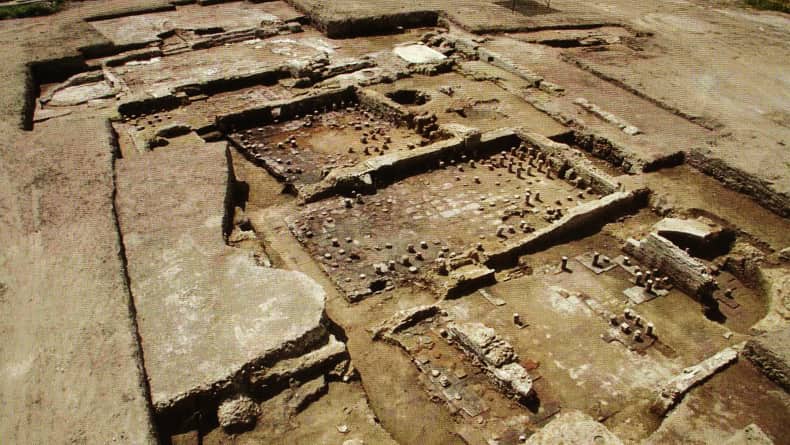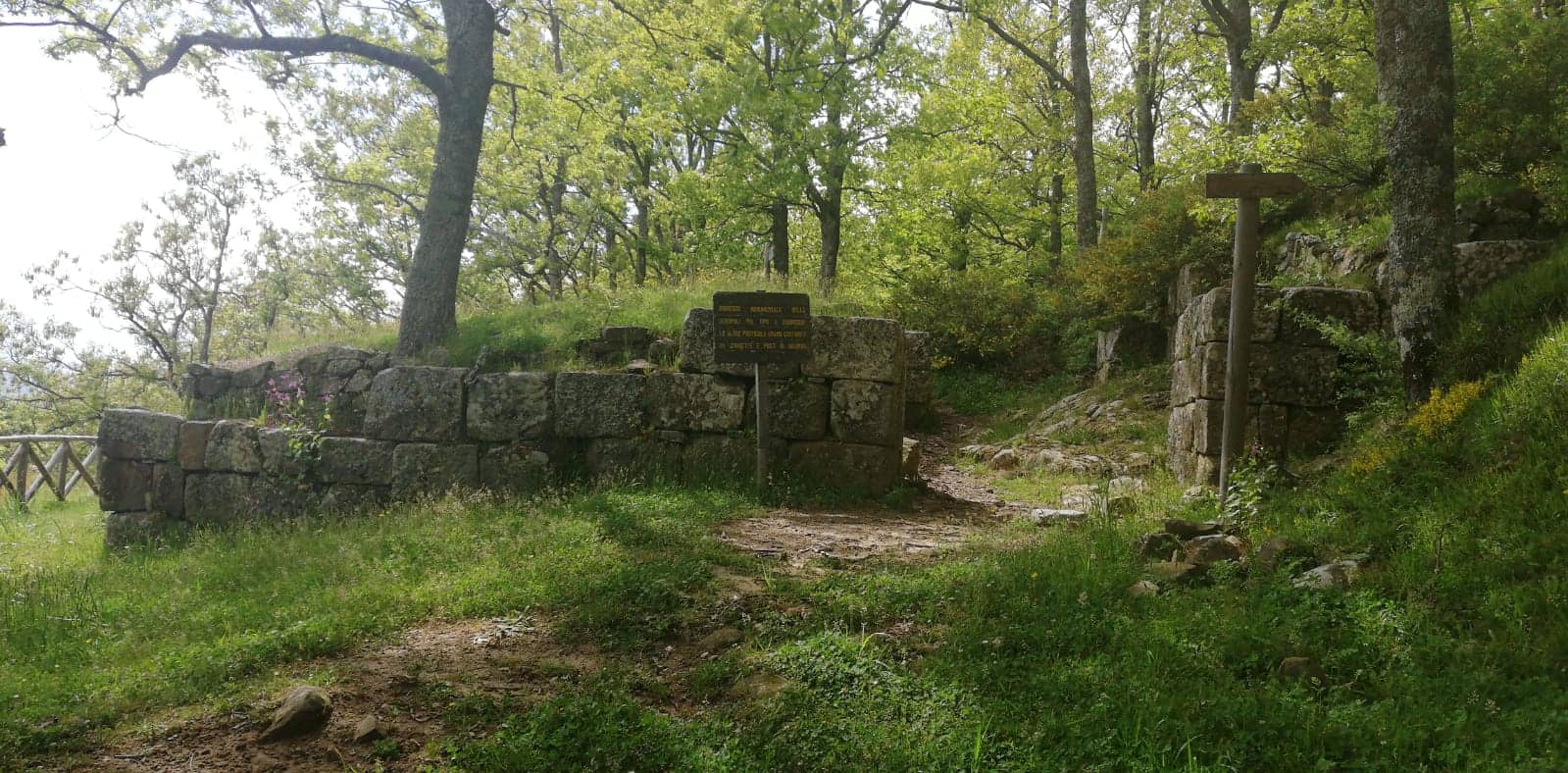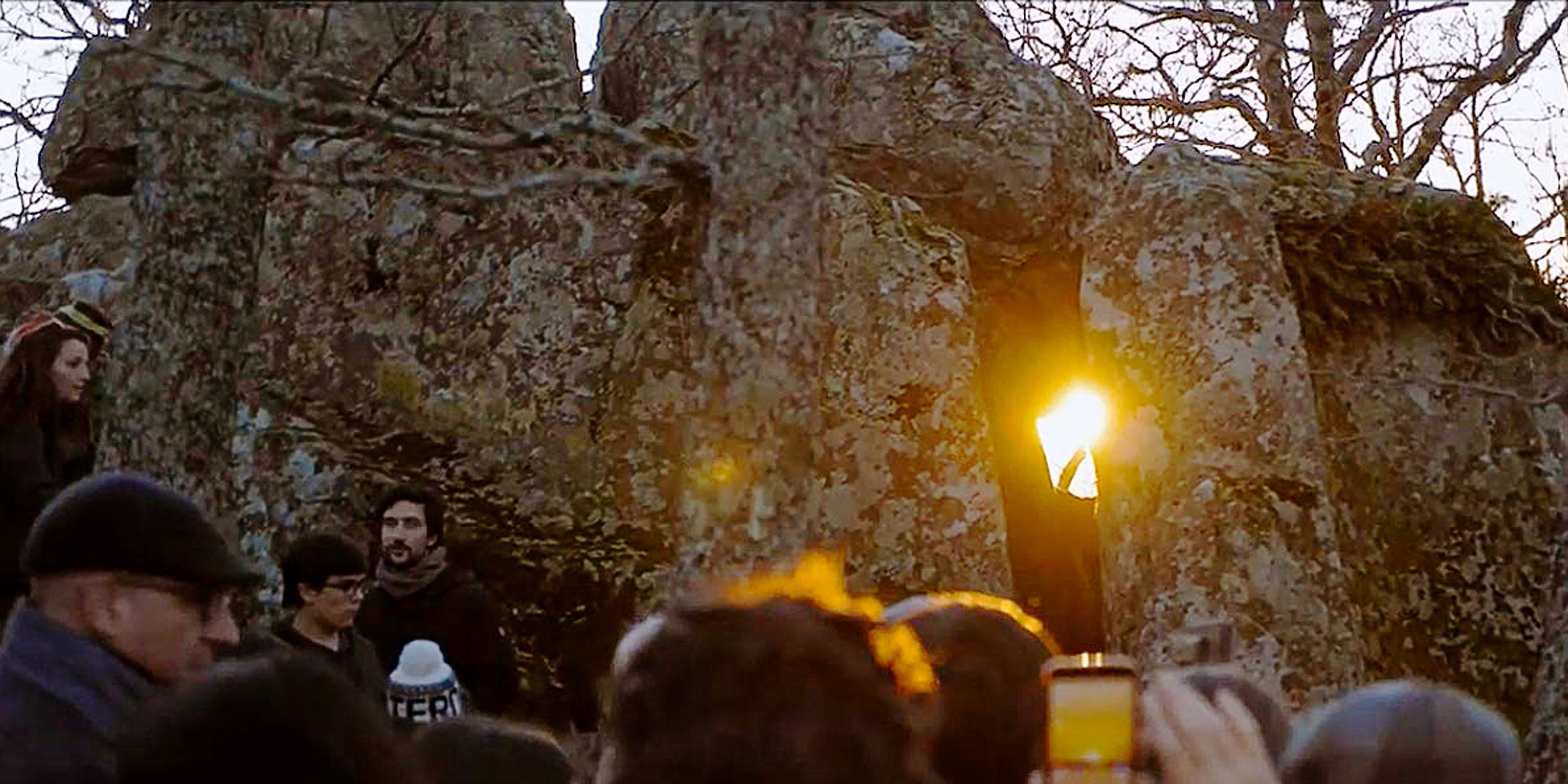With its history-rich past, South Italy is famous all over the world for its many archaeological sites. What perhaps not everyone knows is that in Basilicata you can also visit much older sites, with very interesting findings dating back to the Lower Paleolithic, the era in which homo erectus lived and hunted in the region, approximately 850.000 years ago.
Here are the top 3 prehistorical sites of Basilicata you can't miss.

The Paleolithic Park of Notarchirico

In the municipality of Venosa, about ten kilometers away from the city center, there is a large excavation that constitutes the Paleolithic Park of Notarchirico. This site is of international importance, being so far one of the best preserved and richest in finds on the Pleistocene.
The reliefs date back in part to a period that goes up to 600.000 years ago, in part to a more recent era, dated 359.000 years ago, it also presents very interesting finds. The large elephant skull with tusks is certainly one of the most fascinating testimonies; together with it, remains of other animals have been found, such as the ancestors of oxen or deer, but also rhinos and turtles. The presence of hunters in the area is also testified by what remains of tools and weapons made from chipped stones.
The covered path inside the Paleolithic Park of Notarchirico is well illustrated by several information panels that make the park accessible to everyone and also explain the complex stratification of the soil, with eleven different levels of excavation, all clearly visible.
The Paleolithic park of Atella in the north of Basilicata

The Paleolithic park of Atella is located in the heart of Basilicata, a short distance from the cemetery of the small town of Atella, whose foundation dates back to the third century BC.
The naturalistic scenery in this area is wonderful, green hills frame the site, along with vineyards and olive groves. Atella, in fact, is right in a basin formed by an ancient extinct volcano, the Vulture.
This region is among the most important in Italy for the presence of prehistoric settlements. The Paleolithic Park of Atella, in particular, is the testimony of a human settlement dating back to about 600.000 years ago. The remains and footprints of an elephant made it possible to discover that a lake once stood there, so that both humans and animals lived close by, despite the presence of the volcano. Nomadic hunters were able to take down large mammals such as bison or elephants, separating them from their flocks and making them get bogged down on the muddy banks of the lake.
Other findings have made it possible to establish that in Atella, as well as in Notarchirico and elsewhere in the area, stone working was very active in the lower Paleolithic, in fact several flint stones or pebbles were skillfully worked to form weapons or other tools. A peculiarity that makes the Paleolithic Park of Atella even more unique and interesting is that small flint tools have been found here, that have never been found elsewhere.
The Megaliths of Mount Croccia

It's an astronomical calendar indicating midday and sunset on the winter solstice day. On one of the stones on the ground there is also an incision in the shape of a cross that indicates the exact point in which to stand to see the sun appear between the crevices of the boulders.
It also appears that magnetism in this place can confuse the compasses. It's an absolutely normal natural phenomenon, which however contributes to making the Monte Croccia site even more interesting and mysterious.
About the author
Written on 09/04/2020



Paola Cirino
A journey into the most remote past through three sites of international importance that tell the life of prehistoric man in Basilicata.